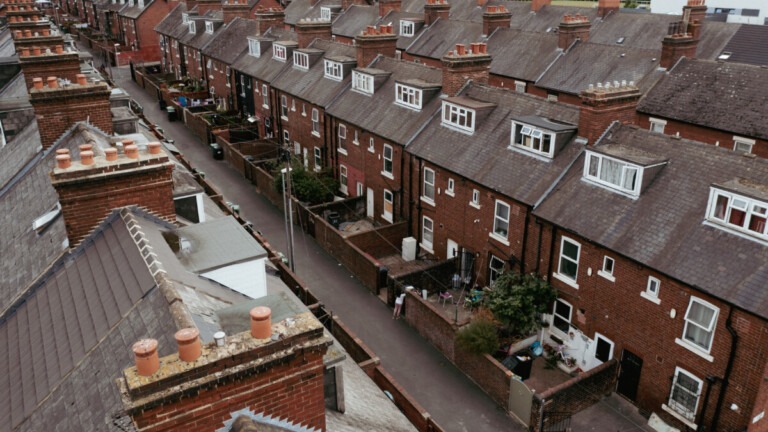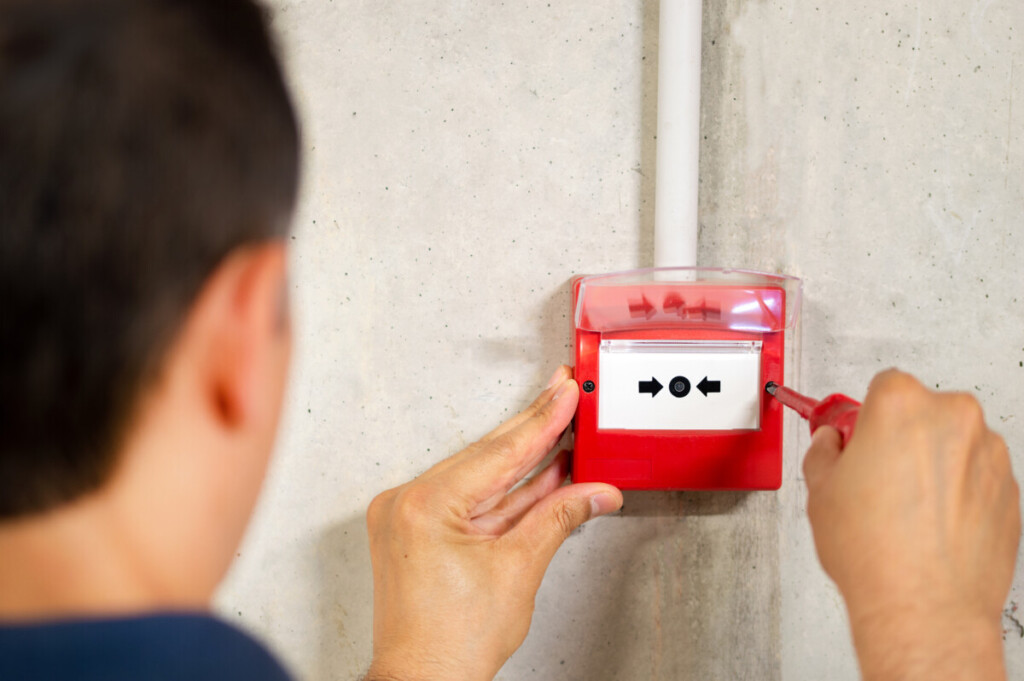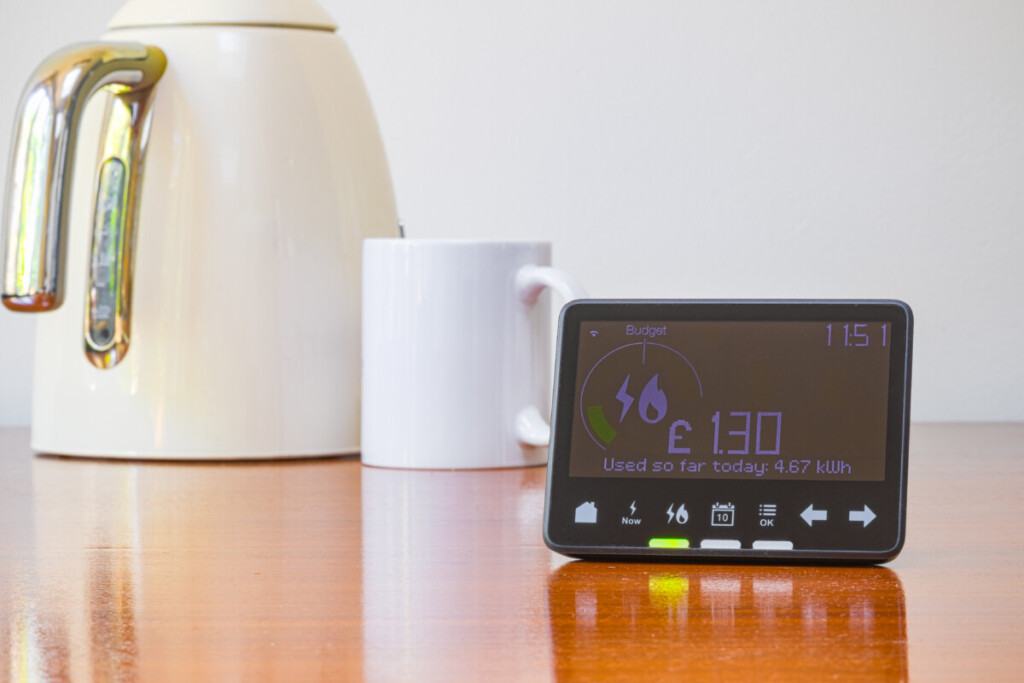The Role of IoT in the Future of Social Housing in the UK

IoT is changing the way that we live for the better. From smart meters that monitor energy usage to provide users with accurate & not estimated bills to thermostats that can regulate a room’s temperature, connected devices can help improve the comfort and security of your home – something that is becoming increasingly important for social housing in the UK.
Social housing has traditionally been built by (or for) local authorities (explaining its original branding as “council housing”), though is now largely managed and maintained by non-profit housing associations. All too often, this means that the facilities can easily fall into disrepair or go improperly maintained due to lack of funding or negligence.
These conditions have not gone unnoticed by the authorities either, with new legislation being proposed to improve the living conditions of those residents through several common-sense measures, such as increased inspection schedules, and establishing time limits for resident complaints to be addressed.
Yet technologies like atmospheric sensors and smart meters may streamline the management of social housing even more, to help make the facilities safer, easier to maintain, and more comfortable for residents.
Let’s look at what kind of challenges currently face social housing and how IoT technologies can help remedy those issues.

What are the Challenges of Social Housing in the UK?
Providing safe, comfortable, and affordable public housing comes with myriad challenges, but several high-profile incidents have brought many of these concerns to the forefront.
Most notable among these, perhaps, was the high-rise fire that broke out in West London’s Grenfell Tower in 2017. This incident was said to have started from an electrical fault and spread due to external insulation. Yet it also exposed that this tower, like many of the social housing facilities across the UK, did not have common security devices like fire doors, alarms, C02 and smoke detection, or sprinkler systems.
Similarly well-known is the tragic tale of Awaab Ishaak, a 2-year-old child living in social housing in Greater Manchester who died due to prolonged exposure to black mould. Analysis from the Building Research Establishment found that more than 22,000 social housing facilities in the UK suffer from excessive cold and damp conditions, making these homes prone to mould growth – particularly given the generally damp and cold weather common to the UK.
This is to say nothing of more amorphous factors such as poorly maintained facilities, overcrowding, or energy efficiency. These risks have impacted a large portion of the UK populace, with roughly one in five renters in England’s social housing system reporting substandard living conditions have impacted their physical and mental health.
How IoT Can Benefit Social Housing
In each of the challenges listed above, smart IoT devices could help create digitalised solutions to these very real problems. Environmental sensors, for one, can help remotely monitor atmospheric conditions in social housing to help detect and address smoke or the kind of damp conditions that can lead mould to develop. This would give landlords the advance warning needed to mediate mould, or activate warning systems and sprinklers to both announce an evacuation and potentially even snuff out any fire.
Sensors and monitoring systems can also be utilised to more adequately track the life cycle of equipment, allowing landlords to address wear and tear on essential equipment before issues arise. This would help social housing be safer and more affordable, as predictive maintenance, on average, will cost as much as 25% less than reactive maintenance, and reduces breakdowns by roughly 70%. It also means essential equipment like boilers can last longer without needing to be replaced.
IoT devices can also make entry into buildings or units easier to manage, with smart locks that can limit access to these dwellings to only those meant to have it. Deploying smart cameras is another way to improve security in social housing, as these devices can be paired with advanced AI systems to help recognise problems like breaches or incidents in common areas and notify the appropriate parties to address the issues in a timely manner.
Energy management is another way in which IoT devices can improve life in social housing, as smart meters can help tenants stay on top of their natural gas consumption or electrical usage. Similarly, deploying smart thermostats throughout a building can help not only regulate temperatures but save on energy costs through more consistent climate control as well.

Connect Wisely When Securing and Supporting Social Housing in the UK
IoT solutions for social housing are only as good as their connection to the Internet. While the temptation may be to utilise a more common connectivity option like WiFi, cellular options have considerable benefits over WiFi. Device provisioning and early setup of cellular devices is simpler than WiFI, there are more potent privacy and security provisions, and low-power cellular options can prove more cost-effective depending on the power consumption of the devices deployed.
Cellular connectivity also offloads a great deal of maintenance work and upkeep when compared to WiFi deployments, as networks are maintained by the provider rather than the customer. Without the onus of upkeep and maintenance for connectivity, users have more time, energy, and funding to devote toward more important tasks such as mould remediation and equipment replacement.
……………………….
When plotting your own IoT solution for social housing, look to Soracom. Our best-in-class connectivity, suite of IoT tools, and years of expertise make Soracom a natural partner for developers looking to deploy smart devices in the field.
Interested to learn more? Connect with us today!



